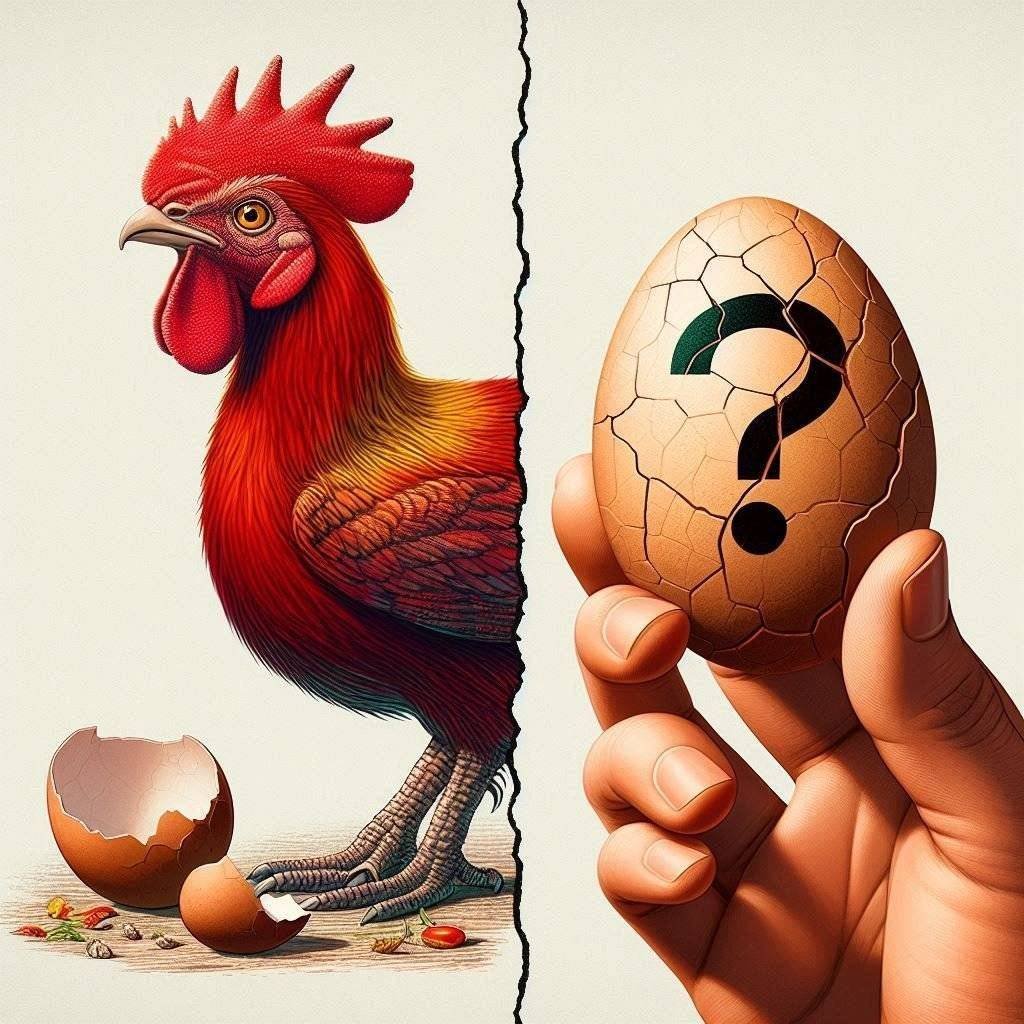Imagine a quaint town with a single barber, renowned for his skills. However, his shaving rule is rather peculiar: he only shaves the men in town who do not shave themselves. This seemingly simple rule leads to a mind-bending paradox, leaving us pondering the barber’s own fate – does he shave himself or not?
The Paradox Explained:
- Premise 1: The barber shaves all those men, and only those men, who do not shave themselves.
- Scenario 1: The Barber Shaves Himself
- If the barber shaves himself, then he falls under the category of men who do not shave themselves (according to his rule).
- Contradiction 1: However, Premise 1 states he only shaves those who don’t shave themselves. Shaving himself would violate his own rule.
- Scenario 2: The Barber Doesn’t Shave Himself
- If the barber doesn’t shave himself, then he falls under the category of men who shave themselves (because he has a beard).
- Contradiction 2: But Premise 1 also states he shaves all those who do not shave themselves. Not shaving himself would again violate his rule.
The Intrigue of the Paradox:
The Barber’s Paradox hinges on the self-referential nature of the barber’s rule. It creates a logical loop where both possibilities (the barber shaving himself or not) lead to contradictions. This seemingly harmless shaving rule exposes a fundamental problem in set theory, where defining a set based on an action within the set itself can lead to inconsistencies.
A Historical Puzzle:
The Barber’s Paradox, also known as Russell’s Paradox, originated in the early 20th century. Bertrand Russell, a renowned mathematician and philosopher, presented this thought experiment to expose limitations in naive set theory, a branch of mathematics dealing with collections of objects.
Solving the Paradox – Not by Shaving!
Modern mathematics addresses set paradoxes by introducing more rigorous frameworks, such as type theory. This theory helps distinguish between different types of statements and avoids self-referential inconsistencies. In simpler terms, the solution lies in creating a more nuanced set definition – perhaps defining who “shaves themselves” based on a different criterion altogether.
Beyond the Shaving Shop: Real-World Applications
While the Barber’s Paradox might appear like a playful thought experiment, it has broader implications. The underlying issues of self-reference and logical inconsistencies can arise in various situations, including:
- Computer Science: Programming languages have to be carefully designed to avoid paradoxes that can lead to infinite loops or system crashes.
- Artificial Intelligence: As AI systems become more sophisticated, they might encounter situations where their programming rules lead to contradictory outcomes.
The Paradox as a Tool for Exploration:
Paradoxes, although frustrating at times, can be powerful tools for critical thinking. Here’s how the Barber’s Paradox can be a springboard for further exploration:
- Challenging Assumptions: It forces us to question seemingly straightforward rules and assumptions. Is there always a logical solution, or are some situations inherently paradoxical?
- Examining Set Theory: It provides a tangible example of how set theory can be flawed, leading to the development of more robust mathematical frameworks.
- Exploring Language: It highlights the limitations of language and the potential for ambiguities when using self-referential statements.
The Barber’s Legacy: A Reminder to Think Critically
While the Barber may never find a definitive answer to his shaving predicament (at least within the confines of the paradox), his story serves as a reminder of the importance of critical thinking. It encourages us to examine rules and assumptions closely, seeking potential contradictions and questioning what seems obvious. Next time you encounter a seemingly straightforward situation, remember the Barber’s Paradox – a simple shaving rule that leads to a complex logical conundrum, reminding us that even the most familiar things can hold surprising depths.



